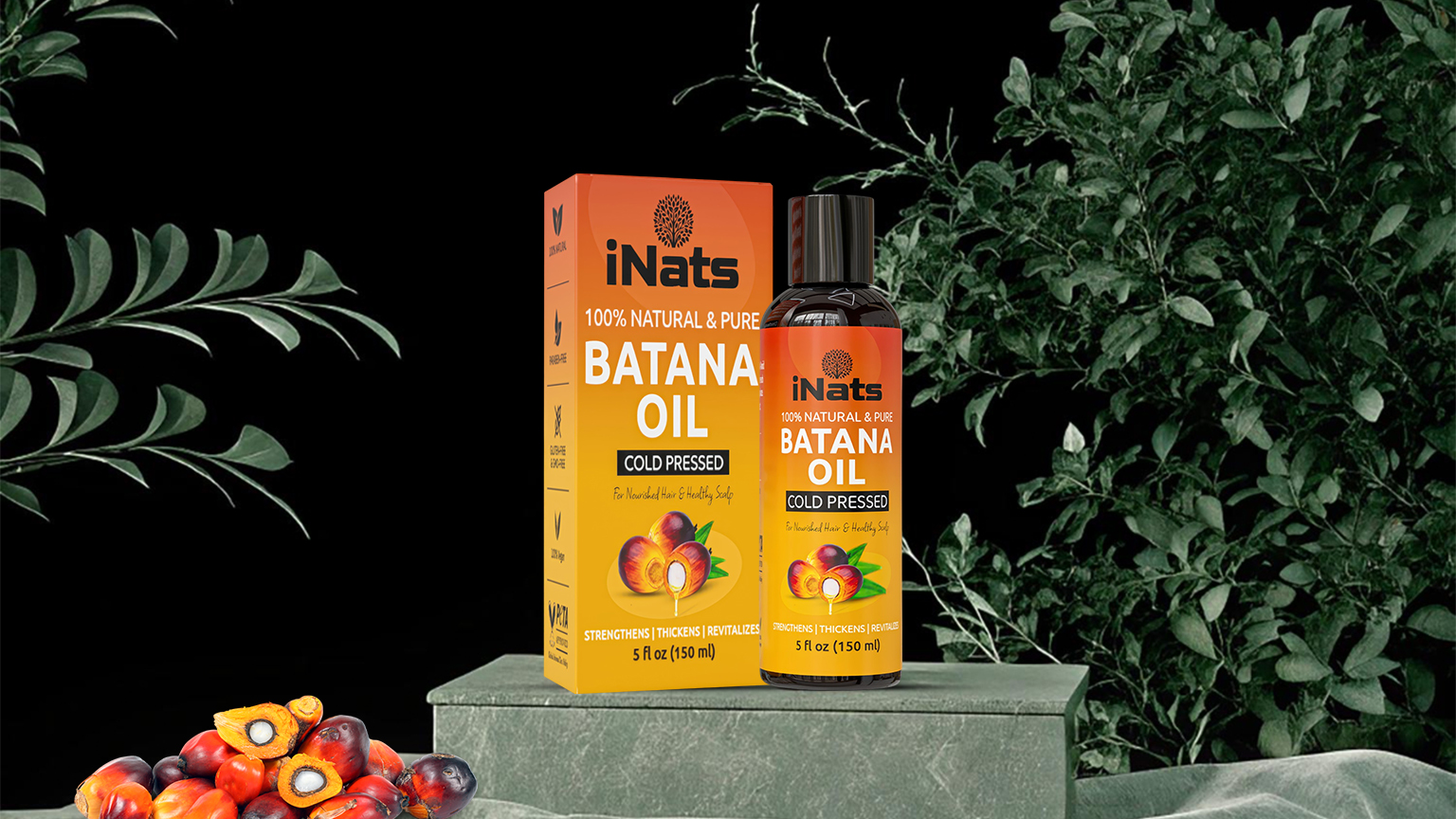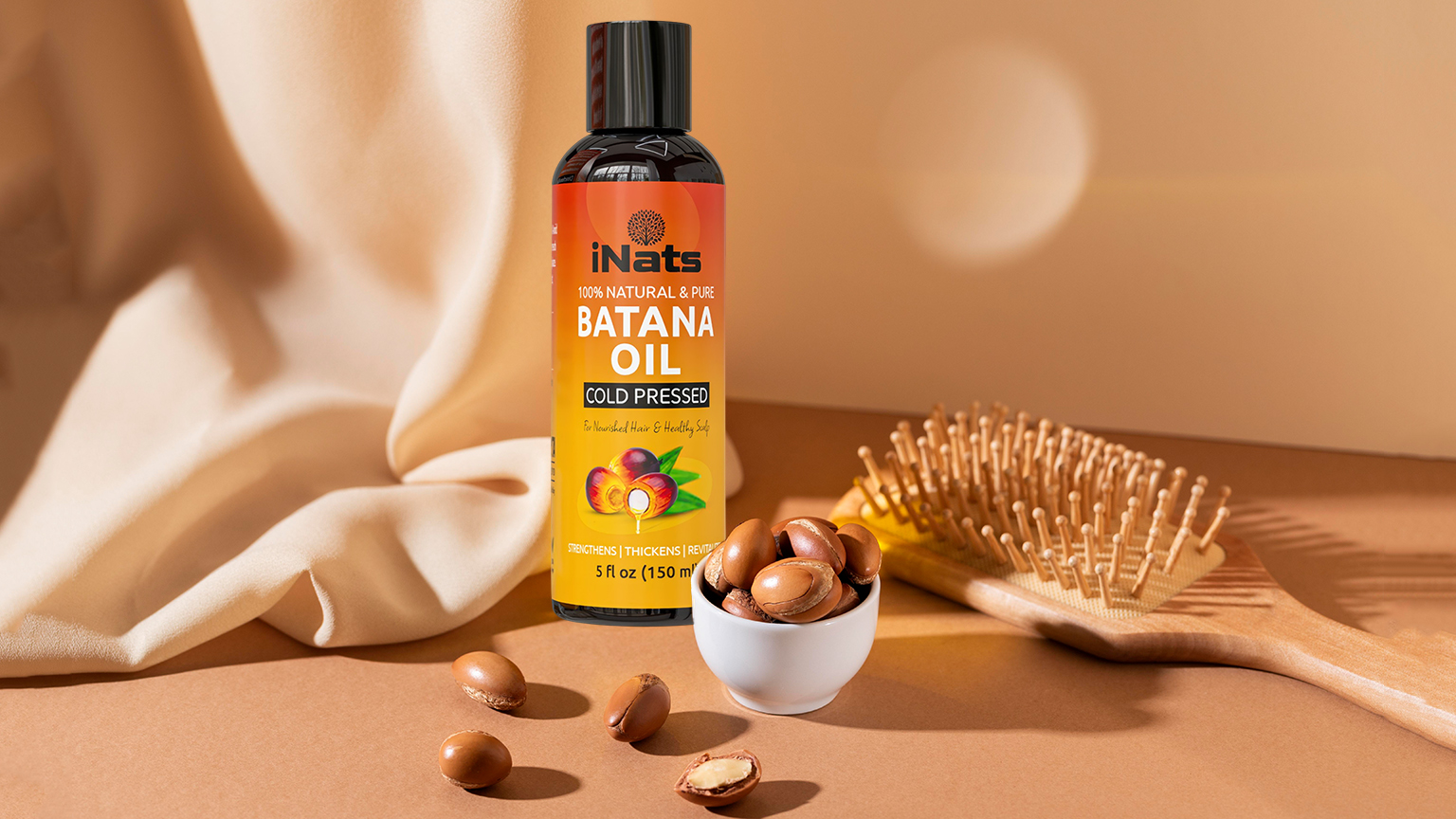Batana oil has gained a reputation as a powerful natural remedy for achieving thicker, longer, and healthier hair. Known for its nourishing and restorative properties, this golden-brown oil is derived from the American oil palm, Elaeis oleifera, and has been used for generations by the Miskito people of Honduras. However, as its popularity spreads globally, so does the rise in counterfeit, diluted, or low-quality versions on the market.
In this guide, we’ll take you through everything you need to know—from understanding the appearance and scent of real Batana oil to home-testing methods and how to choose the right vendor when buying online.

One of the most immediate ways to assess the authenticity of Cold pressed Batana oil is by examining its visual characteristics.
Genuine Batana oil typically has a rich, dark brown color with a semi-solid, buttery texture at room temperature. When warmed slightly—either in your hands or in a warm environment—it melts into a smooth, rich oil. This natural transformation from solid to liquid is a good sign that the product is unrefined and pure.
If the oil you have is too light in color, very watery, or has a consistently liquid texture even at room temperature, it may have been blended with other oils or overly processed. Some diluted versions contain carrier oils such as coconut, almond, or mineral oil, which can alter the consistency and reduce the effectiveness of the product.
Scent is another strong indicator of quality. Pure Batana oil has a warm, nutty aroma with notes reminiscent of roasted coffee beans. This natural scent is a result of the traditional methods used to extract the oil from the nuts of the palm fruit.
If your Batana Hair oil has no scent, smells overly synthetic, or carries an off-putting or chemical-like aroma, it is likely refined or adulterated. Unscented or artificially fragranced versions may have been deodorized during processing, stripping the oil of its nutrients and aroma in the process.
Trust your nose—Batana oil should smell earthy and pleasant, not artificial or odorless.
One of the most important factors to consider when selecting Batana oil is how it’s processed. Between cold-pressed and refined versions, the cold-pressed, unrefined variety is by far the better choice—especially for hair and scalp treatments.
Cold-pressing is a natural extraction method that retains the oil’s vitamins, antioxidants, and fatty acids—key nutrients that nourish hair follicles, restore damaged strands, and promote growth. Unrefined Batana oil is usually darker in color, thicker in texture, and more aromatic, indicating a high level of potency.
In contrast, refined Batana oil goes through high-heat processing and often chemical treatment to make it more shelf-stable or visually appealing. Unfortunately, this process strips away most of the beneficial compounds, reducing the oil’s effectiveness for hair health and repair.
For best results, always go for cold-pressed, unrefined Batana oil that stays as close to its natural state as possible.
If you already have a bottle of Batana oil and want to verify its authenticity, there are a couple of easy tests you can perform at home. These don’t require any special equipment and can give you a better idea of whether your product is pure.
Scoop a small amount of oil onto your fingertips. Pure Batana oil should begin to melt almost instantly when it comes in contact with your body heat. It should spread easily and absorb quickly without feeling excessively greasy or leaving a heavy residue.
If the oil is slow to melt, stays grainy, or feels slick and greasy even after several minutes, it might be mixed with other ingredients.
Place your Batana oil in the refrigerator for 2–3 hours. When cooled, genuine Batana oil becomes firmer and develops a dense, butter-like texture. If it remains liquid or separates into layers, it may be diluted with other oils that don’t solidify at low temperatures.
These two tests can offer a simple, effective way to assess the purity of your oil before continuing to use it in your haircare routine.
Because Batana oil is not always easy to find in local stores, many buyers turn to online shopping. But it’s crucial to buy from reputable sources to avoid wasting money on fake or subpar products.
Here’s what to look for when choosing an online seller:
Buying from trusted natural beauty stores or certified organic retailers can help ensure you’re getting the real thing.

If you’re dealing with breakage, dry scalp, thin hair, or slow growth, switching to pure Batana oil might be the solution you’ve been searching for. When used consistently, authentic Batana oil can deliver dramatic improvements in hair health due to its nourishing composition.
Here are just a few of the proven benefits of using real Batana oil:
Consistency is key—use it regularly to experience long-term results.
In the world of natural hair care, not all products are created equal—and that’s especially true for Batana oil. Choosing pure, cold-pressed, unrefined iNats Batana oil from Honduras can make a significant difference in your hair journey, helping you unlock faster growth, stronger strands, and improved scalp health.
Whether you’re just discovering Pure Batana oil for hair growth or have been using it for a while, always take the time to verify the quality. Look for the right appearance, texture, and scent, and use the simple at-home tests to confirm its authenticity. And remember—when shopping online, always prioritize trustworthy vendors that source ethically and transparently.
Your hair deserves the best, and pure iNats Batana natural hair oil is a game-changer worth the investment.